Boiler room in a private house: selection of equipment + technological rules of the device
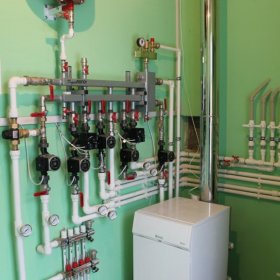
During the construction of our own house, we carefully consider the layout and interior of each room: living room, kitchen, children’s room, bedroom, office, bathroom. What else? It seems they have not forgotten anything. And the boiler room - in a private house can not do without it. Yes, there is nowhere for a master's fantasy to roam around here - everything is strictly regulated. And no one expects special “beauties” from this room. But still, it is necessary to think over the details of its arrangement. Otherwise, you can easily "get" very impressive fines, or worse - provoke a fire.
Content
Choose the type and power of equipment
The necessary dimensions of the boiler house in a private house directly depend on the capacity of the boiler and the fuel used. In some cases, the rules allow you to install the boiler in the kitchen or other non-living room. Let's look at the main types of fuel and the requirements for installing equipment that runs on them.
Gas boilers: convenient, inexpensive, functional
The most common type of heating equipment are gas boilers. Such popularity is explained not only by the convenience of their operation, but also by the relatively low price of this energy carrier. At the same time, the explosiveness of natural gas forces the relevant services to make rather stringent requirements for the equipment running on it.
Using a gas boiler with power up to 30 kW makes boiler room device in a private house is completely optional. The rules allow you to install such a unit in the kitchen. But only if this room meets a number of very strict standards:
- Minimum kitchen area - 15 m2;
- The glazing area of the window should be at least about 3 m2 on 1 m3 volume of the room;
- The presence of a window;
- The minimum ceiling height in the kitchen is 2.2 m;
- Passages between pieces of furniture, walls and equipment not less than 0.7 m wide;
- An air inlet in the lower part of the door or in the wall above the floor, providing a constant flow of air sufficient for combustion and ventilation;
- The minimum fire resistance of the walls of the room is about 75 hours.
In addition, mounted boilers can only be installed on walls made of slow-burning, and even better - non-combustible materials. The floor equipment should stand on a non-combustible substrate, which will protrude beyond its dimensions by at least 10 cm on each side.
Read how to choose the right gas boiler for heating a private house in our next article:https://aquatech.tomathouse.com/en/otoplenie/kotly/kak-vybrat-gazovyj-kotel.html.
In houses with walls made of combustible materials, the installation of gas equipment is also possible.In this case, SNiPs provide for the installation of protective screens that will protrude beyond the dimensions of the boiler 10 cm from the bottom, left and right and 80 cm from the top. The boiler itself must be installed no closer than 10 cm from the shielded wall.
Boilers with a capacity of 30 to 200 kW must be installed in a separate room. Such a boiler room can be located in the basement of a private house or on any of its floors. For the basement or basement, in addition to the general requirements, there are separate standards:
- The presence of natural light;
- A ventilation system that provides three-fold updating of the entire air volume within an hour;
- Exit to the street;
- Ceiling height from 2.5 m;
- Room volume from 15 m3;
Nevertheless, it is better to move the boiler room to a separate building if, of course, the area allows. This arrangement of gas equipment is not only safer, but also saves you from unnecessary noise created by heating and water heating devices. Yes, and the area of the house can be saved.
A free-standing boiler house for a country house must comply with the following standards:
- The construction must have a foundation;
- It must be erected separately from the foundation of the house (without adjacencies);
- Under the boiler there should be a separate foundation, which must be laid already after pouring the foundation of the building;
- The boiler must be installed above the floor by 15-20 cm;
- The floor is poured with cement with a mandatory sand content;
The walls and roof are erected from non-combustible materials.
The interior decoration of the boiler room in a private house, both internal and separate, should be made using ceramic tiles or other non-combustible material. From time to time, you may need to reset the coolant from the system. For this, the boiler room must have a branch to the sewer network.
And finally, before embarking on the construction, be sure to coordinate the design of the boiler room for a private house with authorized employees of the gas service.
Solid fuel boiler installation requirements
Since a solid fuel boiler (working on wood or pellets) does not belong to the category of explosive equipment, the requirements for its placement are much less:
- The boiler must be installed in an easily accessible place, since you will regularly have to do additional loading of fuel.
- The distance to the walls should be at least 10 cm.
- Flammable walls need to be sheathed with sheet steel about 3 mm thick with an asbestos backing.
- On the floor in front of the firebox, it is necessary to lay a steel sheet 60 cm wide.
The floor in the boiler room is best made concrete or veneered with non-combustible material.
Correctly organized ventilation of the boiler room in a private house heated by coal or wood is of great importance:
- Window size - 8 cm² per 1 kW of boiler power;
- The section of the chimney hole of the boiler should not be larger than the section of the chimney;
- A special opening must be provided for checking the condition and cleaning the chimney. It should be located 25-30 cm below the inlet;
- The chimney shaft should have the same cross-sectional area along its entire length. In addition, the fewer knees and turns she has, the better;
- To improve gas tightness it is better to plaster the inner surface of the chimney. If its diameter is small, you can insert an asbestos-cement pipe into the shaft;
- There should also be plumbing and sewage;
- When using firewood or coal, the boiler room area in a private house is at least 8 m2.
Coal-fired boiler rooms should be equipped with concealed electrical wiring and special sealed lighting fixtures. Such precautions are associated with the explosion hazard of coal dust.
In addition, even with a properly organized removal of combustion products, a certain amount of gases gets into the room at the time of laying fuel from an open firebox. If the room is well ventilated, there is no danger. If fresh air is not organized, combustion products will accumulate in the room, which will inevitably lead to poisoning. To ensure the safety of your loved ones in the rooms adjacent to the boiler room, it is better to install gas analyzers.
Pyrolysis boiler is one of the types of solid fuel equipment. About how it is arranged, what types are there, you will learn from our article:https://aquatech.tomathouse.com/en/otoplenie/kotly/piroliznye-kotly-otopleniya.html.
Electric boilers - expensive but comfortable and safe
This type of equipment can be safely called the safest. You can install them in almost any room, and a separate boiler room for electrical equipment can be allocated only for reasons of aesthetics - to hide pipes, expansion tanks and automation behind a closed door.
The only obstacle to the widespread distribution of such equipment is the rather high prices for electricity.

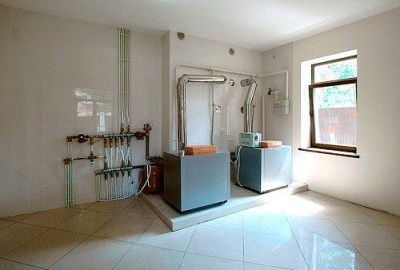
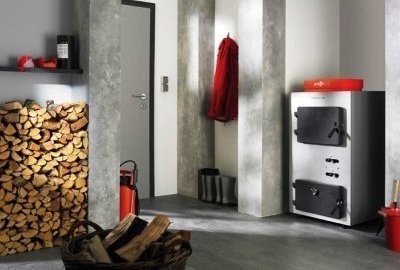
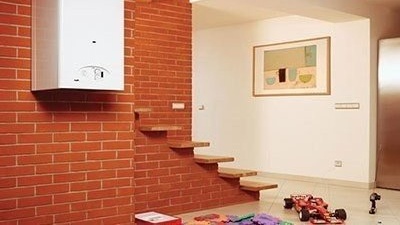
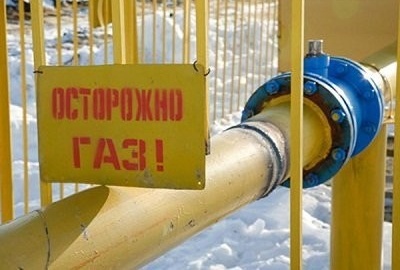
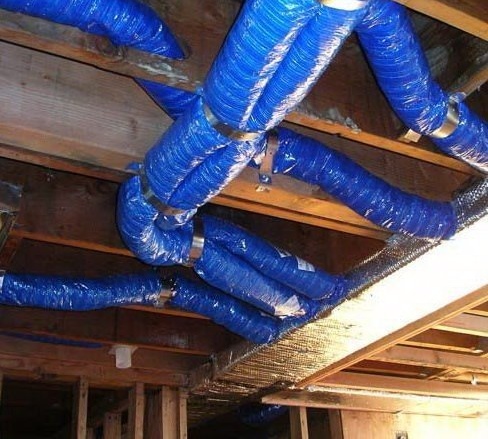
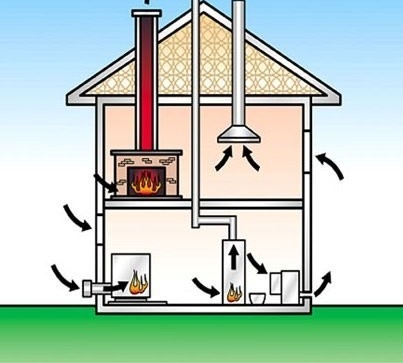
1 comment